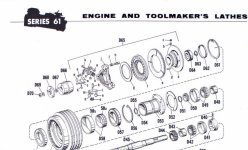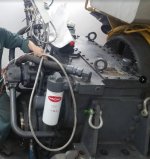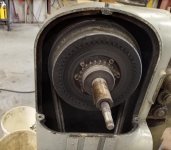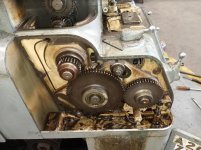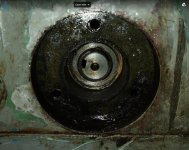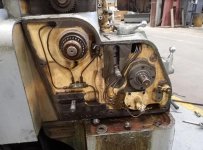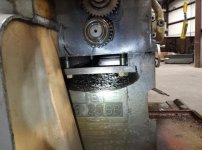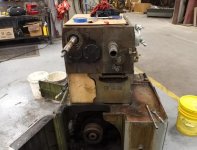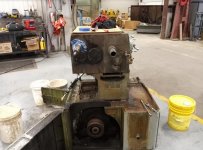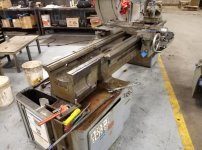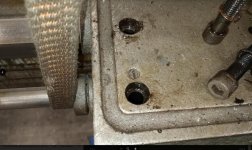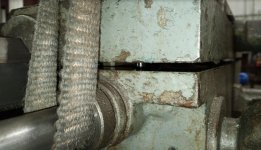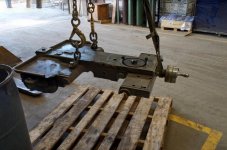EmGo
Diamond
- Joined
- Apr 14, 2018
Early training here .... Webster Gear / Webster RacingSure it does, there are dozens of threads regarding excessive clutch linkage wear on Monarch lathes. Must of been the end of the world when it happened to the three model 61s all lined up just for you. Yes sir, who could argue with that. Lets see some photos!
...
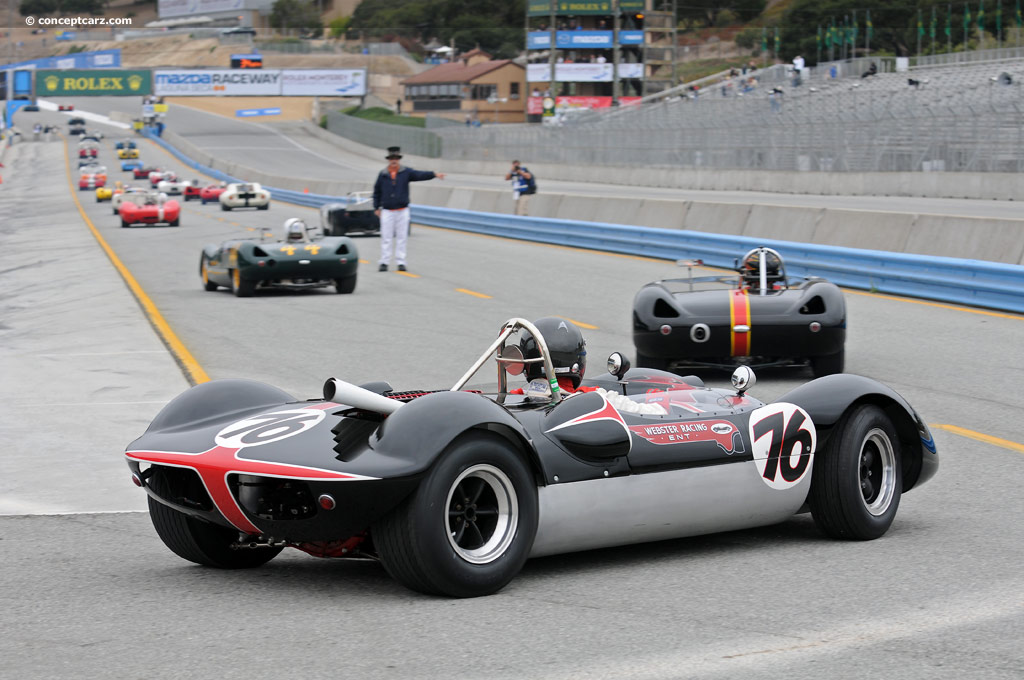
1964 Webster Special | conceptcarz.com
Marin's Father-And-Son Contribution To Racing - Fast Cars Are $150,000 Hobby For Marvin Websters - Newspapers.com
The old man had USAC number 76, moonlight could ask AJ about the 1976 year when Web refused to sell the number to Foyt for Indy. Went 23 times, qualified three, I think. Used to walk through the shop with George Bignotti, telling him "how much experience he had."
4 Monarchs total, one 17" Mori-Seiki, Tree manual mill, some German man-killer lathe, Fellows 7's, involute and lead testers, Reishauer ZA, Landis cylindrical, Heald internal, Liebherr hobber, 0AC Warner-Swasey, an NC Bridgeport, vertical broach, Arter, Barber-Colman 16-36, three Indy cars stacked around the shop, a short-wheelbase roadrace one on top of the lunch room, a complete building full of Offies, and the aforementioned prototype sports-racer stuck in the back. A couple of turret lathes out in the other building used to make transducers for Raytheon. That's where his money came from. Probably some stuff I've forgotten. Back then you did short-run production on an engine lathe. Maybe a tracer, then if you had really a lot, a Sundstrand or Seneca Falls production lathe. There weren't enough Indy cars to justify that.
There were only two of us who stayed there more than six months, Web was the meanest man on the planet during work hours, but I wanted to learn so shut up and stayed out of the way. Dues.
I can run all of them. Particularly liked the ID grinder tho. It was directly across from the homemade water-brake dyno where he ran Offies every spring, that's why I have tinnitus. And my fave rave lime-green Monarch in the middle of the stack of lathes. We built knockoff Hewlands for the smaller cars and LG-600's for the unlimited boost Offies, and non-breaking input shafts out of Vascomax. It was a big secret then. 9310 forgings for the gears, ground teeth, involute and lead within a tenth.
Lots of big names on the purchase orders, that's how I got one of the initial Simpson helmets, the ones that weren't sold to the public - my buddy in shipping told Bill Simpson if he wanted his gears on time .... Still have it but needs a rebuild and no one will do that

...
In November spent some time in the US, ran off 1500 splined shafts, milled the locating features on a hundred or so gears, dragged a 1980 lathe outside and together with a friend moved an SL-3 100 yards down a narrow asphalt driveway on skates, around the corner, up a ramp, into the shop, and we got it levelled and running again. For fun. Not too bad for a couple of decrepit old farts.
I never had that many Monarchs, after a few years of burning my skin off with a Pacemaker I went CNC. Back when American Tool was alive, cuz I bought it from them. New. Paying for it almost killed me. Left me with a lifelong dislike of banks.
Webster was the beginning (almost. Built wheels and brakes for drag bikes and flat trackers before that. Mert Lawwill, Carl Ahlfeldt, Marion Owens, and others.) Then I started my own shop.
...
Last edited by a moderator:



